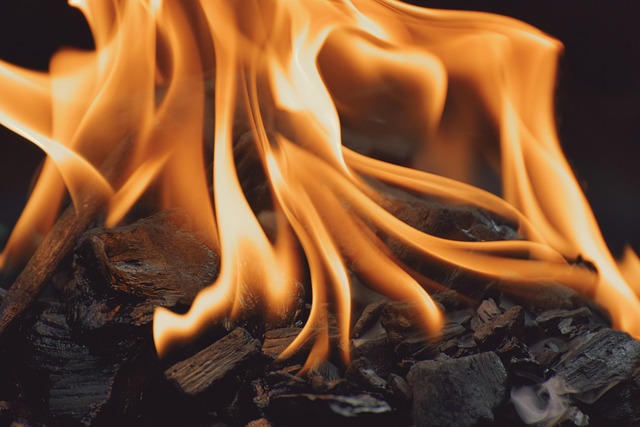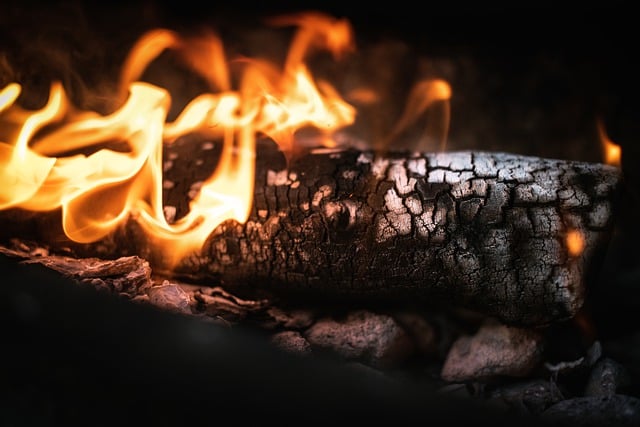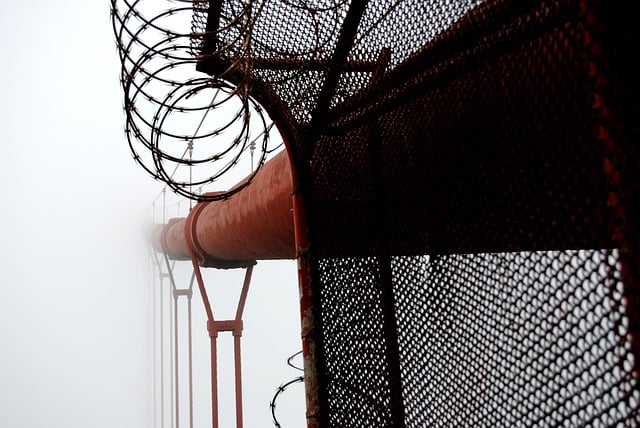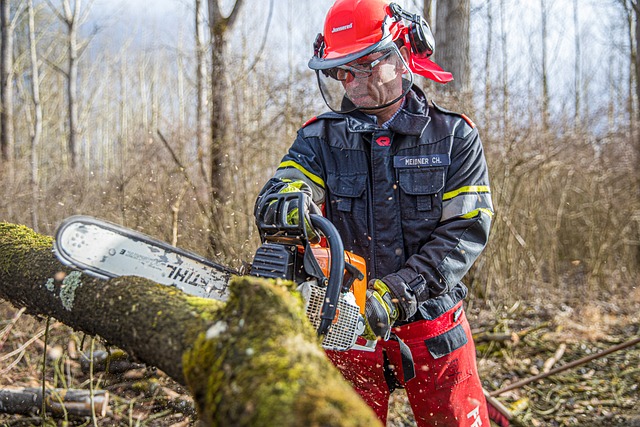Selling a fire-damaged house in California necessitates careful consideration due to hidden hazards from smoke damage, which can include toxic gases, fine particles, and chemicals. Professional assessment is crucial for identifying and mitigating these risks, ensuring buyer safety, adhering to state regulations, and facilitating the sale. Experts thoroughly inspect walls, ceilings, floors, and furnishings, providing a comprehensive report that aids insurance claims and attracts buyers. Prompt action after assessment—including evacuation, structural integrity checks, cleanup, documentation, and proper ventilation—is essential for protecting the home's resale value.
“Smoke damage from fires can pose significant health risks and hidden hazards, making proper assessment crucial before selling a fire-damaged home in California. This comprehensive guide explores the intricacies of smoke damage assessment, from understanding the potential dangers to navigating the process. We delve into how to assess the extent of damage in a California home, highlighting the benefits of professional vs DIY methods. Additionally, we provide essential steps for restoration after the initial assessment, ensuring your property is safely and effectively prepared for the market.”
- Understanding Smoke Damage: The Hidden Hazards and Health Risks
- Assessing the Extent of Smoke Damage in a California Home
- Professional vs DIY: Choosing the Right Method for Smoke Damage Assessment
- Restoring Your Fire-Damaged Property: Steps After Initial Assessment
Understanding Smoke Damage: The Hidden Hazards and Health Risks

Smoke damage from a fire can often be overlooked, but it presents significant hidden hazards and health risks that require careful consideration when selling a fire-damaged house in California. Beyond visible charred marks and burnt furniture, smoke contains a complex mix of toxic gases, fine particles, and chemicals that can linger in the air and settle on surfaces long after the flames are extinguished. These include carbon monoxide, volatile organic compounds (VOCs), and even heavy metals, which can be hazardous to both human health and indoor environments.
Respiratory issues, eye irritation, skin problems, and aggravated asthma are just some of the potential short-term effects of exposure to smoke. Long-term, these contaminants may contribute to more serious health conditions, especially in vulnerable populations like children, the elderly, and individuals with pre-existing respiratory or cardiovascular diseases. When selling a fire-damaged home in California, it’s crucial to have a thorough assessment conducted by professionals who can identify and mitigate these hidden risks, ensuring the safety and well-being of prospective buyers and adhering to state regulations for such cases.
Assessing the Extent of Smoke Damage in a California Home

Assessing the extent of smoke damage in a California home is a meticulous process, especially given the state’s frequent wildfires. After a fire, it’s crucial to engage professionals who can thoroughly inspect and document every affected area. This involves a detailed visual assessment, where experts examine walls, ceilings, floors, and furnishings for signs of soot, discolouration, or odour. They also test air quality to ensure the safety of future occupants.
For those planning to sell a fire-damaged house in California, understanding this assessment process is vital. A comprehensive report outlining the damage will not only help in insurance claims but also in attracting potential buyers who may need to budget for restoration work. Proper documentation ensures that the sale proceeds smoothly and that both parties are well-informed about the property’s current state.
Professional vs DIY: Choosing the Right Method for Smoke Damage Assessment
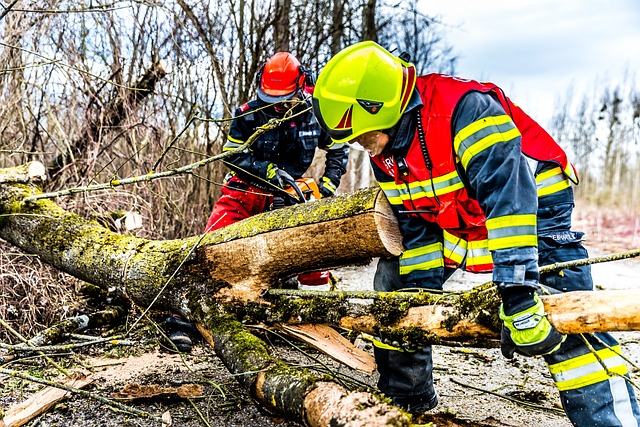
When it comes to assessing smoke damage, especially after a fire in your California home, there’s a significant benefit to enlisting professional help compared to attempting a DIY approach. While some minor smoke damage may be assessable by homeowners, complex and extensive smoke residue often requires specialized knowledge and equipment. Professionals like those from fire damage restoration companies in California are equipped to handle the full scope of post-fire assessment, including identifying hidden soot and ash that could indicate deeper structural damage.
Professional assessment is crucial for accurately determining the extent of smoke damage, which is essential for selling a fire-damaged home. A DIY approach may overlook critical issues, leading to incomplete restoration and potential health risks. In California, where real estate markets are competitive, a thorough and professional evaluation can make all the difference in attracting buyers who understand the importance of proper fire damage assessment and remediation.
Restoring Your Fire-Damaged Property: Steps After Initial Assessment
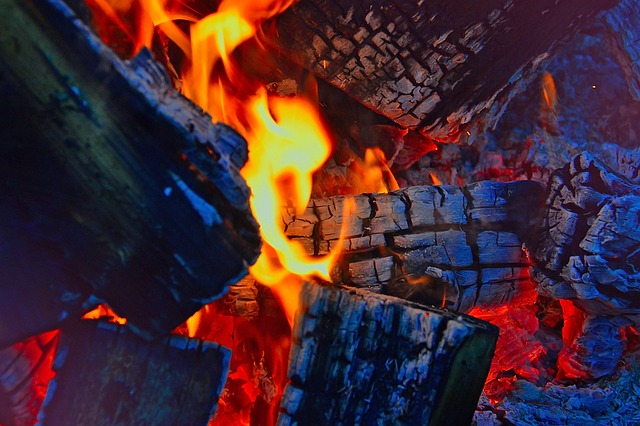
After an initial smoke damage assessment, it’s crucial to take swift action to restore your property in California. The first step is to ensure safety by evacuating the area and allowing professionals to assess any structural integrity concerns. Once declared safe, start the cleanup process by removing all visible debris and contaminated materials. This includes charred items, soot, and any other remnants of smoke damage.
Next, document your efforts through photography to support insurance claims for selling a fire-damaged house in California. Ventilate the property properly using fans or air purifiers to remove lingering odors and ensure adequate drying. It’s essential to act promptly; the longer you wait, the higher the risk of mold growth, which can further complicate restoration efforts and impact the resale value of your home.
When assessing smoke damage in a California home, especially after a fire, it’s crucial to understand the potential health risks and hidden hazards. The right assessment method, whether DIY or professional, is key to ensuring your safety and making informed decisions about selling a fire-damaged property. Following initial assessment, proper restoration steps should be taken to mitigate damage and create a safe living environment. By understanding smoke damage, choosing the right assessment approach, and taking necessary restoration actions, California homeowners can effectively navigate the process of recovering from a fire and preparing their homes for sale.
